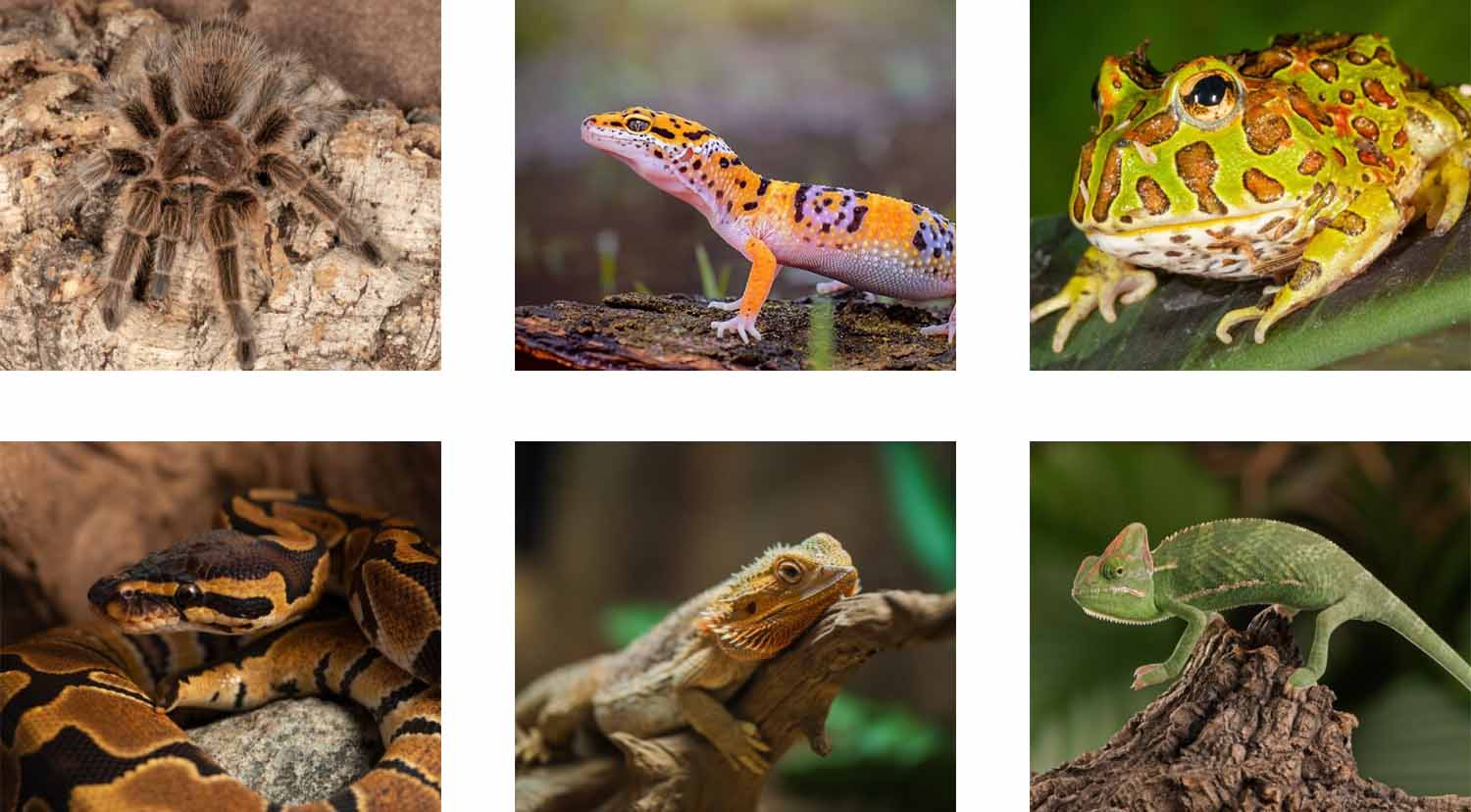Please create a free account below, or login by clicking here.
Petland Norwin, PA
At Petland, we pride ourselves on catering to a wide range of reptile enthusiasts, from the entry-level owner to the experienced hobbyist. Our store boasts an impressive selection of reptiles, amphibians, and associated animals such as scorpions and tarantulas. We understand that different individuals have varying preferences and skill levels when it comes to reptile ownership. Therefore, we offer a diverse array of species with varying levels of handling ease, care requirements, and housing needs.
For those seeking reptiles that are easy to handle and have moderate care requirements, we have several fantastic options available. Let us introduce you to:
We encourage you to visit our store and explore the vast array of reptiles we have available today. However, if you can’t find the specific species you’re looking for, don’t worry! Petland works closely with professional reptile breeders, and we have the ability to fulfill special order requests, ensuring that you can find the perfect addition to your reptile family.
Come and explore our selection, which includes Bearded Dragons, Leopard Geckos, Crested Geckos, Veiled Chameleons, and Ball Pythons.
